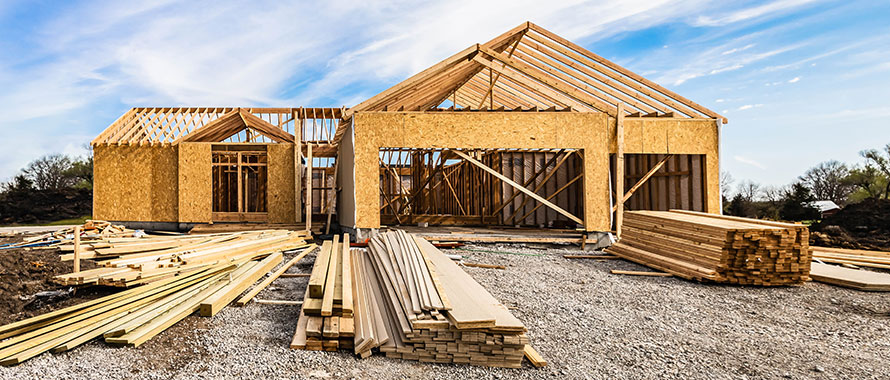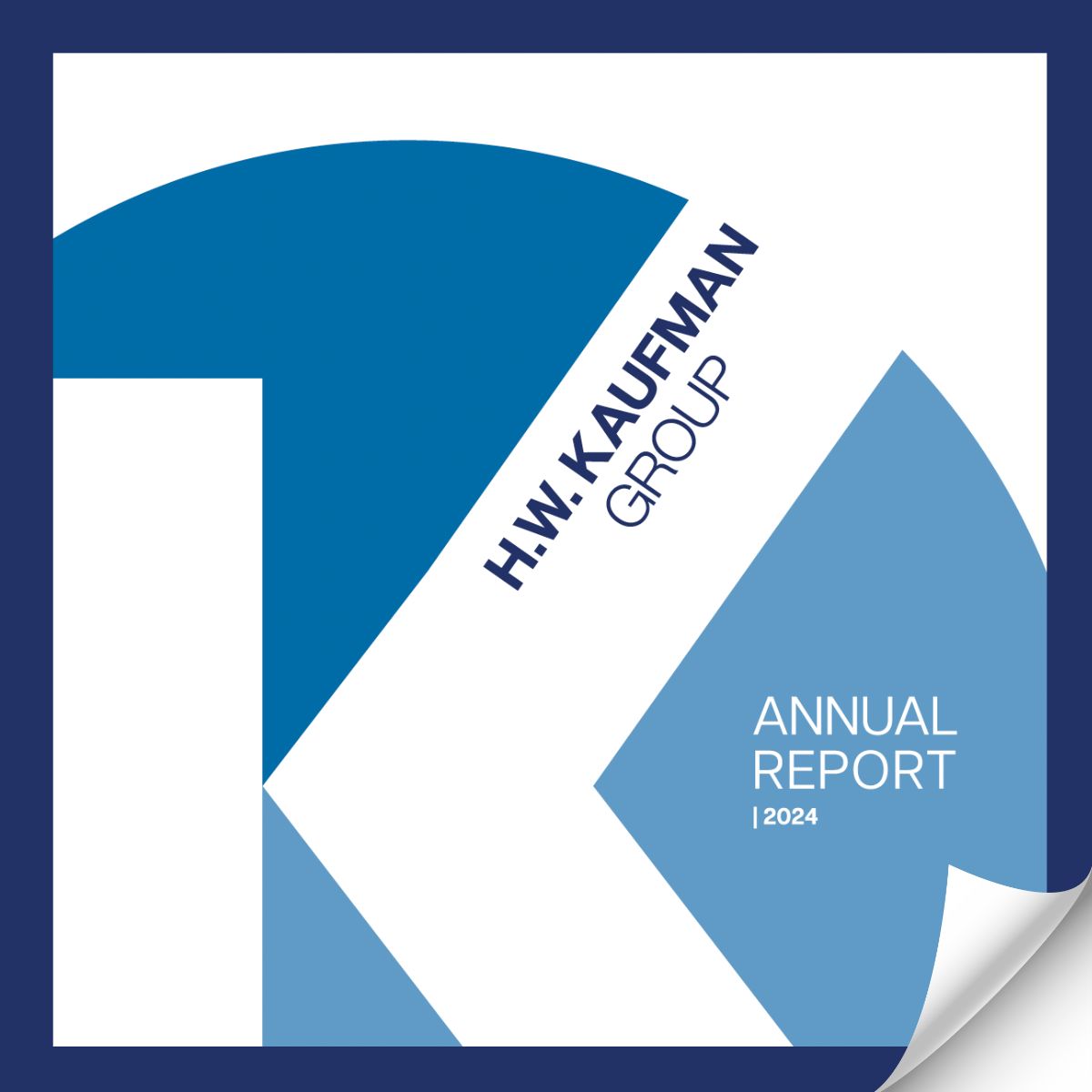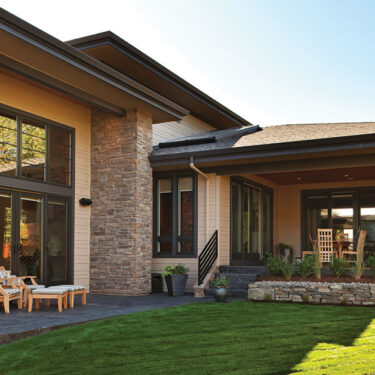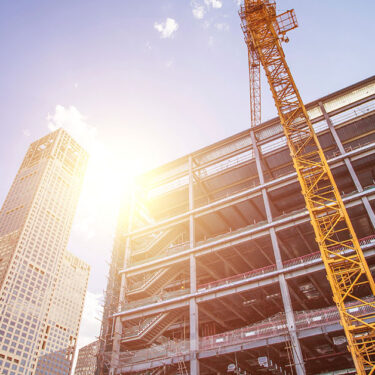Home building costs are continuing to rise in the U.S. and Canada. In San Jose, California, construction costs have reached record highs as builders deal with increased costs and high interest rates, Newsweek recently reported. Many would-be homeowners are priced out of the market, while some home builders have turned to designing smaller houses so more buyers can afford them.
Featured Solutions
“In San Jose and the whole Bay Area, costs have certainly been up,” said Andrew Chen, Senior Broker, Commercial Insurance, Burns & Wilcox, San Francisco, California. “That can be due to the shortage of labor, the increased cost of construction materials, and there have been a lot of delays getting permits.”

In San Jose and the whole Bay Area, costs have certainly been up. That can be due to the shortage of labor, the increased cost of construction materials, and there have been a lot of delays getting permits.
The trend has important insurance implications for homeowners, whether they are buying a new home and seeking Homeowners Insurance, building or remodeling a property and need to purchase Builder’s Risk Insurance, or simply looking to confirm they have enough coverage to accommodate rising rebuilding costs.
“What we are seeing is that there is still a lot of building, which is good. Even though prices are increasing, it has not stopped building,” said Anella Niewenhous, Associate Vice President, Regional Practice Group Leader, Personal Insurance, Burns & Wilcox, Morehead City, North Carolina. “We are still seeing a lot of requests for Builder’s Risk Insurance and requests for insurance on new builds. A few years ago, we did not see that as much because costs had skyrocketed so much.”
Replacement cost values still on the rise, may be leveling off
With homebuilding costs on the rise, homeowners could be surprised by how much it would cost to repair or rebuild their home in the event of a loss. A survey released in February found that 56% of homeowners had not reviewed their Homeowners Insurance in the past year; and last year, Insurance Journal reported that just 30% of insured homeowners had increased their insurance coverage to factor in higher construction costs.
In Canada, surging building costs across the country were worsening a housing affordability crisis, discouraging developers from pursuing new projects, and impacting premiums on Homeowners Insurance, the Globe and Mail reported earlier this year.

Even though prices are increasing, it has not stopped building. We are still seeing a lot of requests for Builder’s Risk Insurance and requests for insurance on new builds.
When it comes to Homeowners Insurance, it is important that owners understand exactly how much coverage they have and what would be paid for in the event of a loss. When replacement cost valuations are too low, a homeowner could be required to pay for the gap out of pocket or accept less expensive materials for the rebuild.
“Replacement cost valuations are still extremely high. It is still a very, very big topic of conversation within our industry,” Niewenhous said. “Over the past year to two years, it has started to mellow out a little bit. We have seen some inflation numbers come down slightly in different parts of the country.”
Most insurance carriers include “inflation guards” on policies to provide a buffer for inflation at renewal, Niewenhous said. For example, a home insured at $100,000 with a 7% inflation guard would be insured for $107,000 at renewal. “It is to help build in that buffer for costs going up throughout the year,” she said.
In some areas, where inflation guards of 10% or 12% were being added to policies two years ago, today these policies might only need to include an inflation guard for 8% or 9%, Niewenhous explained. “We had that huge surge of inflation on replacement cost values and now it has started to level off a little bit,” she said. “It is still there, just not as extreme.”
Additional coverage needed for homes under construction
According to Census Bureau data released in August, U.S. homebuilding activity increased 3.9% between June and July of this year, exceeding expectations and pointing to growing interest in new-construction homes amid low inventory, CNN reported. In Canada, recent reports have indicated a slowed construction market with new homebuilding rates below pandemic-era numbers, CTV News reported in October.
Anytime a homeowner buys a house that is under construction or takes on a remodeling project at their home, they should ask their insurance broker about whether they need to purchase a Builder’s Risk Insurance policy. Also known as Course of Construction Insurance, this type of policy can cover theft of construction materials, vandalism, damage to materials due to fire or weather, equipment or materials lost in transit, and more.
According to Chen, the property owner usually purchases this policy, though sometimes the general contractor or construction company will buy it. “The main coverage would be if something happened to the project, like a fire, or weather damage to the building,” he said.

Due to the increased costs, every claim is a little bit bigger — even for a small loss. If you do not have insurance, that is a big hit on you to pay out individually or as a company.
When a home that was under construction in Amherst, New York, recently caught fire, the blaze caused $1 million in damages, the Buffalo News reported Nov. 19. In Edmonton, Alberta, two homes under construction were recently destroyed by fire, Global News reported Dec. 16.
At a time when costs are increasing across the board for both homeowners and construction companies, having this policy is more important than ever. “Due to the increased costs, every claim is a little bit bigger — even for a small loss,” Chen explained. “If you do not have insurance, that is a big hit on you to pay out individually or as a company. That definitely makes insurance very, very important at this time.”
Not all homeowners realize they need this policy, however. According to Chen, some owners purchase it halfway into a project after finding out about the need for coverage. “Sometimes they think their current Homeowners Insurance would pick up a loss, but it does not,” he said. “Most standard Homeowners Insurance policies would not. Other times, they self-insure and then midway through the project they need a loan, and then the banks require it.”
‘In-depth’ review of home needed
If a homeowner is unsure whether they need Builder’s Risk Insurance for their project, their insurance broker can advise them, Niewenhous said. “If they are doing any sort of renovation, they should let their broker know to make sure they are properly insured for that,” she said. In addition, they will need to make sure the home’s replacement cost is updated “to factor in any type of upgrades or changes.”
Homeowners should also conduct a regular review of their Homeowners Insurance policy with their broker, taking a close look at the finishes of their property and ensuring these are properly accounted for in their policy. “Take a look at your house and see what it is made out of as far as the quality of your kitchen, your bathroom. Have an in-depth conversation with your agent about it,” she said. “That is going to better help them understand what is needed.”

What it cost to build homes 20 years ago is not going to do it anymore. That understanding and education about what replacement cost is and what building costs are is really important.
In addition, Niewenhous said, even homeowners who have not made significant upgrades to their home since they purchased it should be vigilant about ensuring their valuation is up to date. “What it cost to build their house 20 years ago is not going to do it anymore,” she said. “That understanding and education about what replacement cost is and what building costs are is really important.”
Whether discussing replacement costs or deductibles, the insurance broker should be a “trusted advisor,” Niewenhous added. “The market is still very fluid,” she said. “It is important for homeowners to have a good working relationship with their insurance broker to make sure their assets are being properly insured.”





